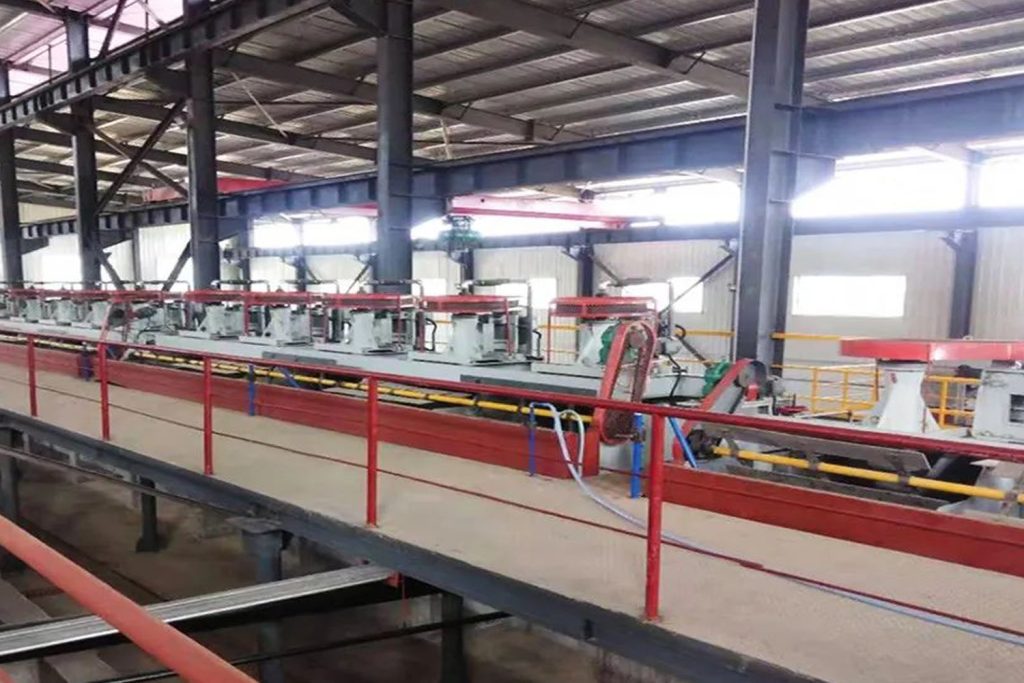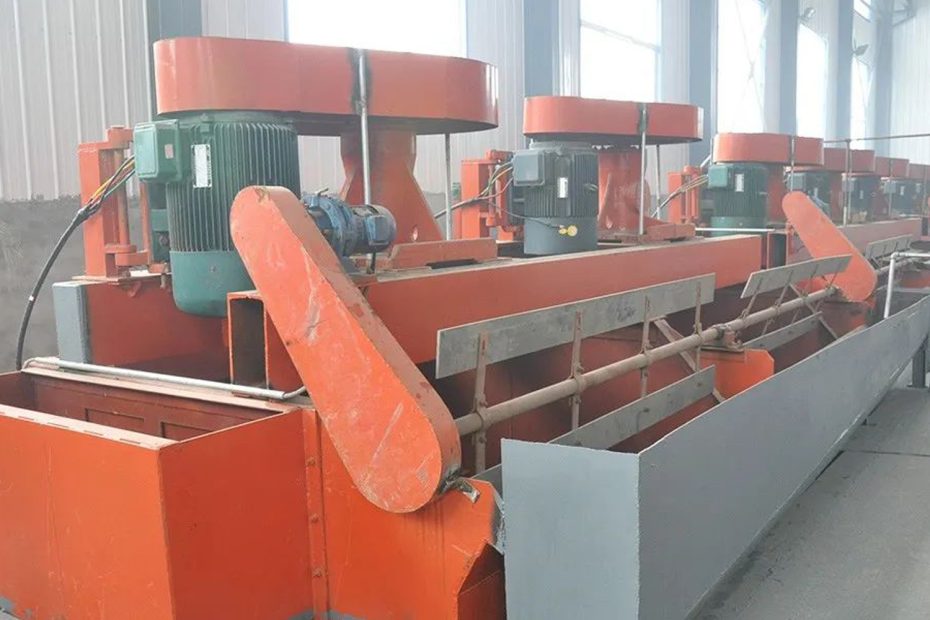Barite, a naturally occurring mineral composed of barium sulfate, is commonly used in various industries such as oil and gas drilling, paint and coatings, and pharmaceuticals. Flotation mineral processing is a widely employed method to upgrade barite ore by separating it from gangue minerals, thus increasing its purity and value. To achieve the best results in barite flotation mineral processing, several critical aspects must be carefully considered. This article delves into the key considerations for optimizing the barite flotation process.
Top 9 key factors of barite flotation mineral processing results
Ore Characterization
Before commencing the flotation mineral processing, it is crucial to thoroughly characterize the barite ore. Ore characterization involves analyzing the mineralogy, particle size distribution, chemical composition, and other relevant properties. Understanding the ore’s characteristics provides valuable insights into the optimal flotation conditions and helps tailor the mineral processing accordingly.
pH Control
The pH level plays a significant role in barite flotation. It affects the surface charge of both the barite particles and gangue minerals, influencing their interaction with collectors and frothers. Controlling the pH within an optimal range is essential for achieving selective flotation and maximizing barite recovery while minimizing the flotation of unwanted minerals.
Collectors and Frothers Selection
Collectors and frothers are key reagents used in barite flotation to enhance the separation process. Selecting the right collectors and frothers is critical to achieve efficient and selective flotation. The choice of reagents should consider the ore’s mineralogy, particle size, and flotation conditions. Commonly used collectors for barite include fatty acids, xanthates, and amines, while frothers like pine oil or MIBC (methyl isobutyl carbinol) are often employed.
Flotation Circuit Design
The design of the flotation circuit is another essential aspect of barite mineral processing. It involves deciding on the number of flotation stages, the order of reagent addition, and the configuration of the cells. An optimized flotation circuit should ensure proper mixing, residence time, and efficient control of pulp level and aeration.
Barite Depression
In some cases, unwanted minerals can float along with barite, leading to reduced concentrate quality. To prevent this, barite depression techniques are employed. Depressants, such as sodium silicate or sodium sulfite, can be used to inhibit the flotation of gangue minerals, ensuring higher barite purity in the concentrate.

Particle Size and Grinding
Particle size has a significant impact on flotation performance. Proper grinding of the ore is essential to achieve the desired particle size distribution for flotation. Over-grinding should be avoided as it may lead to the generation of fine particles that are difficult to recover in the flotation process.
Froth Handling
Efficient froth handling is crucial in barite flotation. The froth must be properly controlled to ensure that valuable barite particles are collected while minimizing the carry-over of gangue minerals. Adequate froth launders and froth crowders help achieve effective froth management.
Water Quality
Water quality is often overlooked but can significantly impact flotation performance. The presence of impurities or excessive hardness in the process water can interfere with the flotation process and reduce its efficiency. Proper water treatment and monitoring are essential to maintain optimal flotation conditions.
Process Control and Automation
Maintaining consistent and stable flotation conditions is critical for reproducibility and optimal performance. Implementing process control and automation technologies can help monitor and adjust critical parameters in real-time, ensuring reliable and efficient barite flotation mineral processing.
Commonly Used Barite Collectors and Frothers
| Collectors | Frothers |
|---|---|
| Fatty acids | Pine oil |
| Xanthates | Methyl isobutyl carbinol (MIBC) |
| Amines | Alcohol-based frothers |
| Dodecylbenzenesulfonic acid |
Conclusion
Barite flotation mineral processing is a complex process that requires careful attention to various critical aspects. From ore characterization to pH control, collector and frother selection, and flotation circuit design, each step plays a vital role in achieving optimal results. Additionally, considerations such as barite depression, particle size, froth handling, water quality, and process control must not be overlooked.
By understanding and addressing these key considerations, mining and processing companies can enhance the efficiency and selectivity of barite flotation, leading to higher-quality concentrates and improved economic value. As technology and research continue to advance, the barite mineral processing is likely to become even more efficient, making barite an increasingly valuable resource in various industrial applications.
